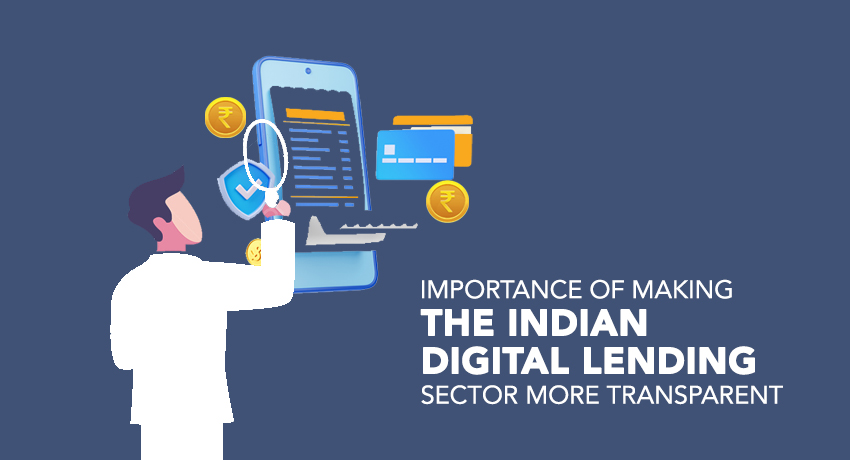Transparency is a fundamental cornerstone of trust in any lending relationship, and it has special significance in the context of small business lending. The expansion of the economy, the creation of new jobs, and innovation are all significantly influenced by small enterprises. Small firms frequently encounter difficulties obtaining capital due to the complexity of the lending environment. Transparency becomes essential in this situation to guarantee honest, moral, and ethical lending practices that benefit both lenders and small enterprises. Only 48% of small firms can currently pay their financial obligations. The need for transparency in the financing process is greater than ever. Additionally, financial institutions must be more fair and open given the destruction the COVID-19 outbreak has caused.
Financial resources are constrained, so investments must be better targeted if they are to yield the maximum results. Maintaining financial transparency is crucial for small and medium-sized businesses (SMEs), which are frequently unable to offer bank collateral in order to attract such investment. Good prospects and companies with sound financial reporting procedures will have a greater chance of obtaining credit without having to put up a lot of collateral since banks will have more information on which to base their lending choices.
Small Business Lending: The Value of Transparency
According to a World Bank assessment, there are $5.2 trillion in unmet financing needs for micro, small, and medium-sized businesses worldwide, which is nearly 1.5 times their present loan market. The idea of transparency in small company lending refers to bank lending where information is published to make sure the borrowers are fully aware of the terms and circumstances of the credit. According to estimates, only 14% of small businesses that applied for loans received all of the funding they wanted. Transparency is therefore more important than ever.
It is possible to achieve greater transparency by disclosing important information to the borrower before signing an agreement about loan prices and fees. Additionally, bank transparency requires them to refrain from irresponsible lending by keeping hidden fees and unexpected rate increases hidden from borrowers, which are not disclosed upfront. At the beginning of the agreement, the borrower should be informed of all charges and the possibility of increases.
- Credibility
When small company lending is transparent, a lender-borrower relationship is based on trust. Borrowers might have doubts about the loan, interest rate, or repayment plan if these details are not made transparent. If there is a lack of openness, the borrower can also find it challenging to understand how the lender uses their financial and personal information.
- Successful Credit Grant
Growing firms looking to borrow money from the bank may have a lot of sway if they can consistently and successfully create accurate financial reports. Furthermore, since they give banks the crucial data they need to make loan choices, high-quality, honest financial reports eliminate the requirement for significant collateral.
- Information Shortage
Small business owners are reportedly paying up to 50% in interest without much knowledge, according to a study by the Opportunity Fund and the Federal Reserve. Little companies lose money as a result of this. Small businesses struggle to make informed judgements and evaluate pricing due to a lack of information, such as loan rates.
In conclusion, transparency in small business lending is essential for fostering trust, promoting fairness, complying with regulations, and supporting the financial success of both lenders and borrowers. Transparent lending practices create a level playing field, enabling small businesses to thrive and grow sustainably.
